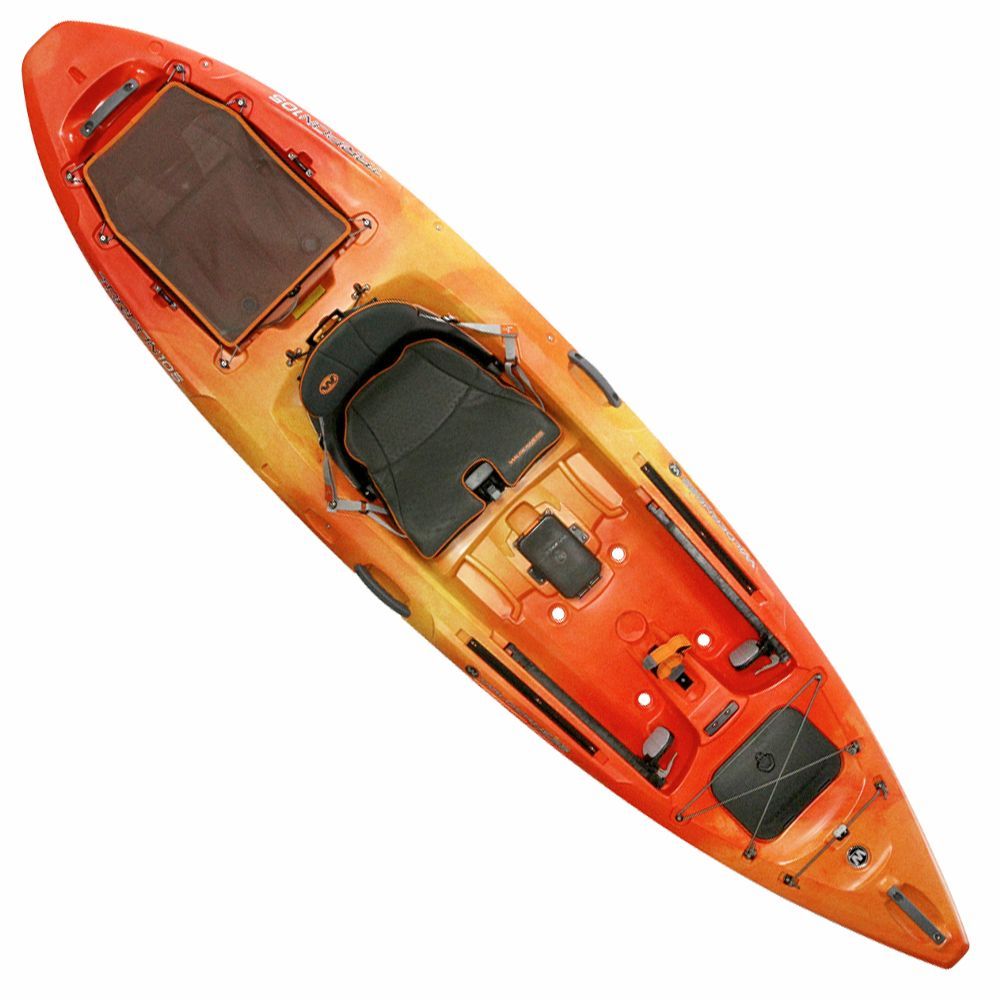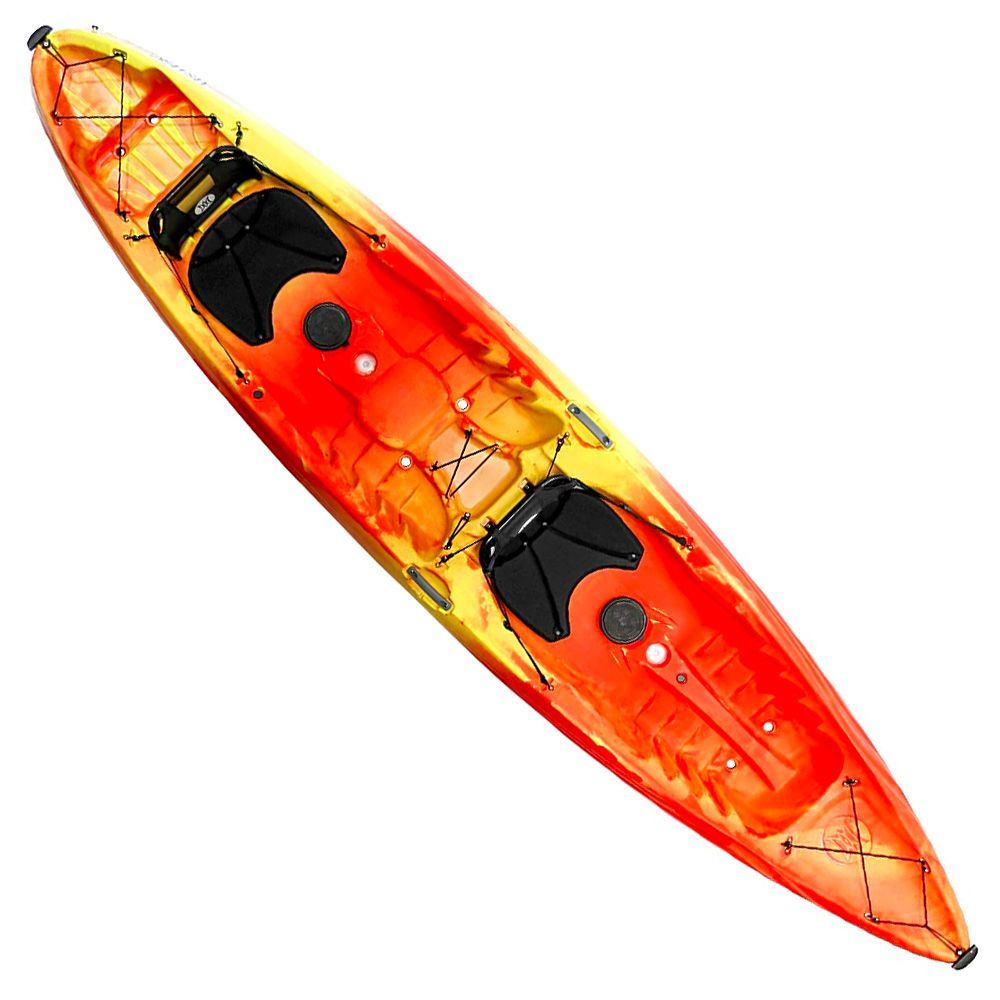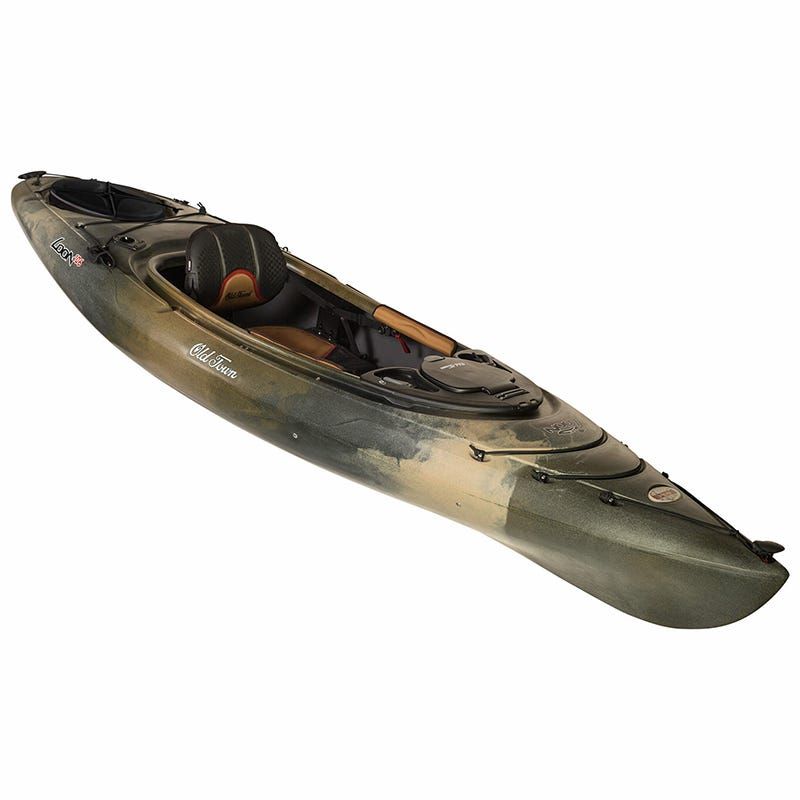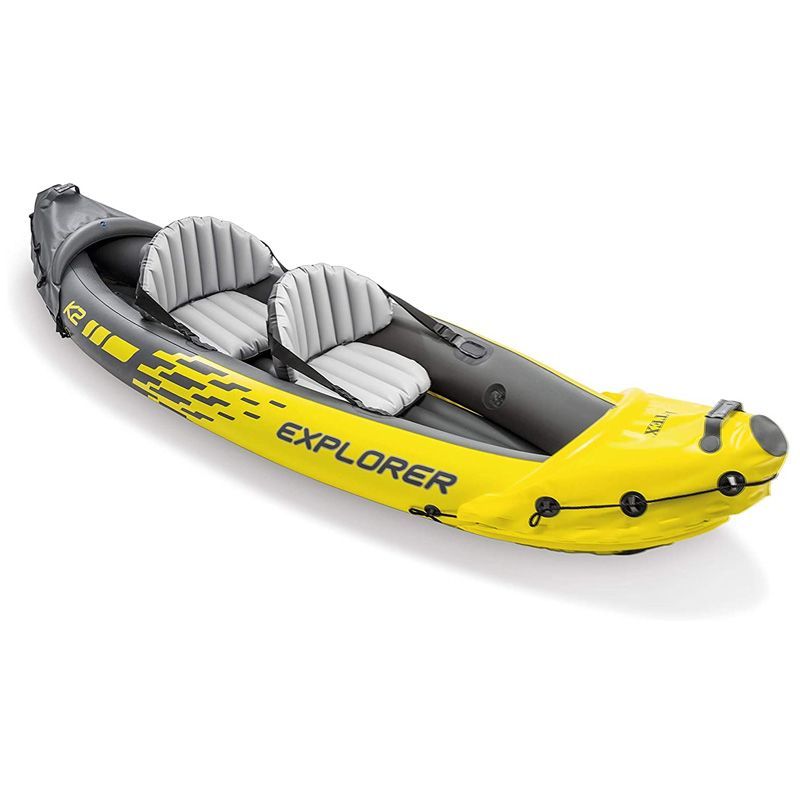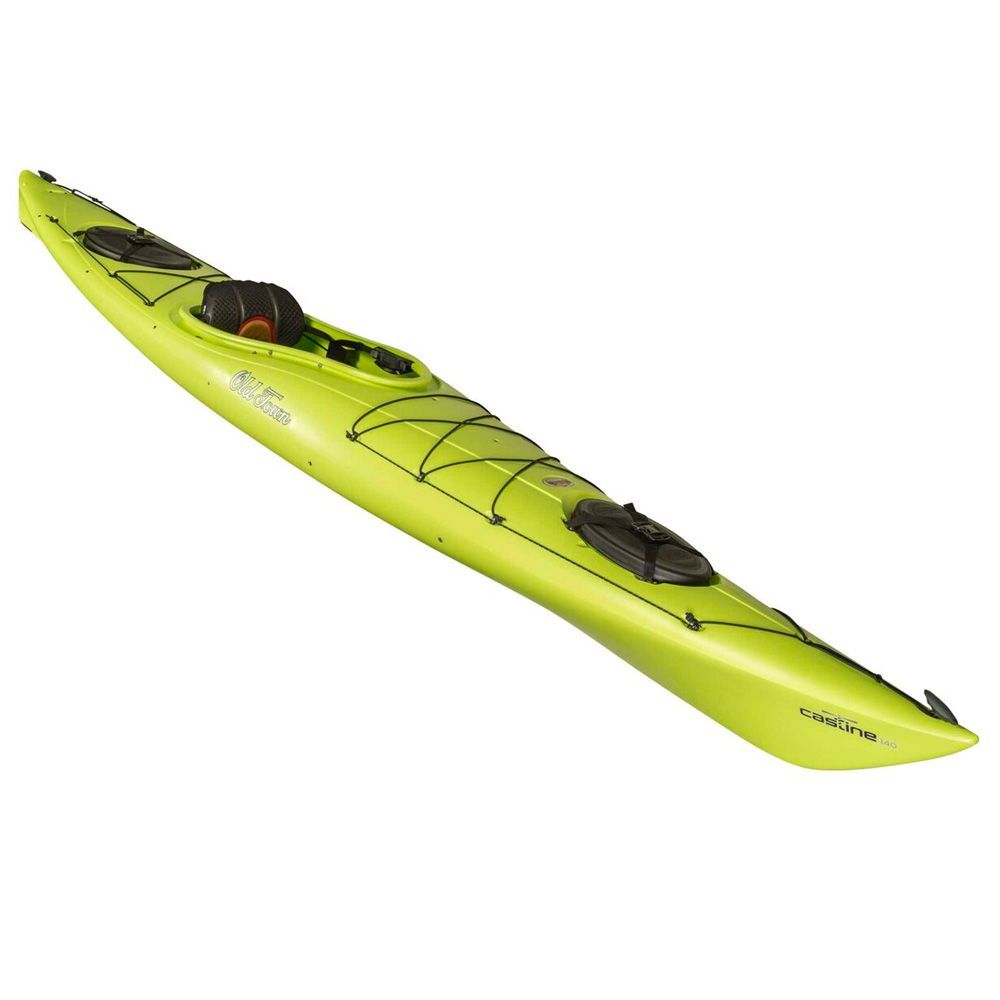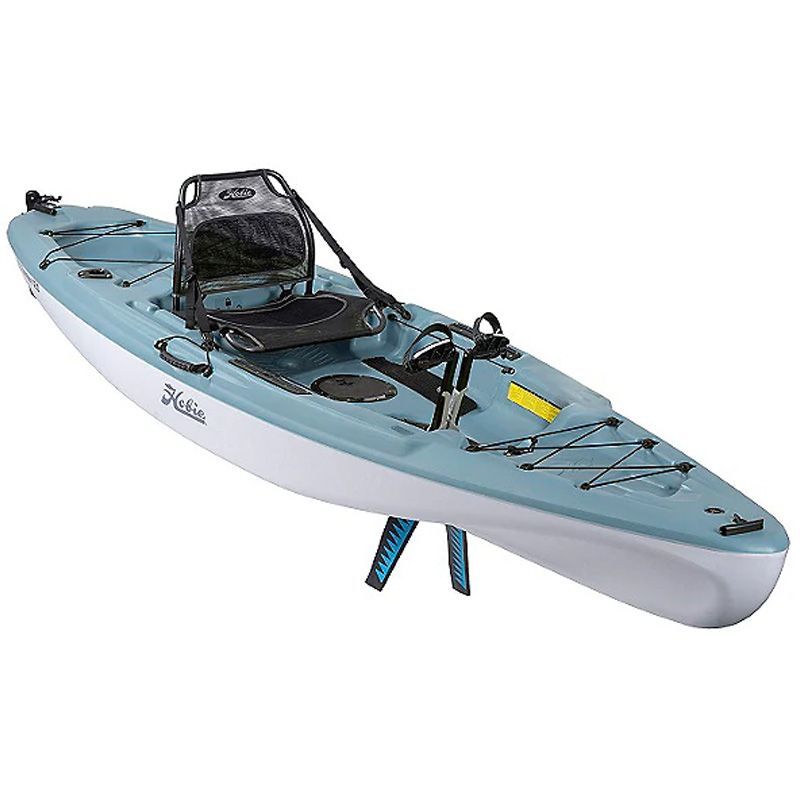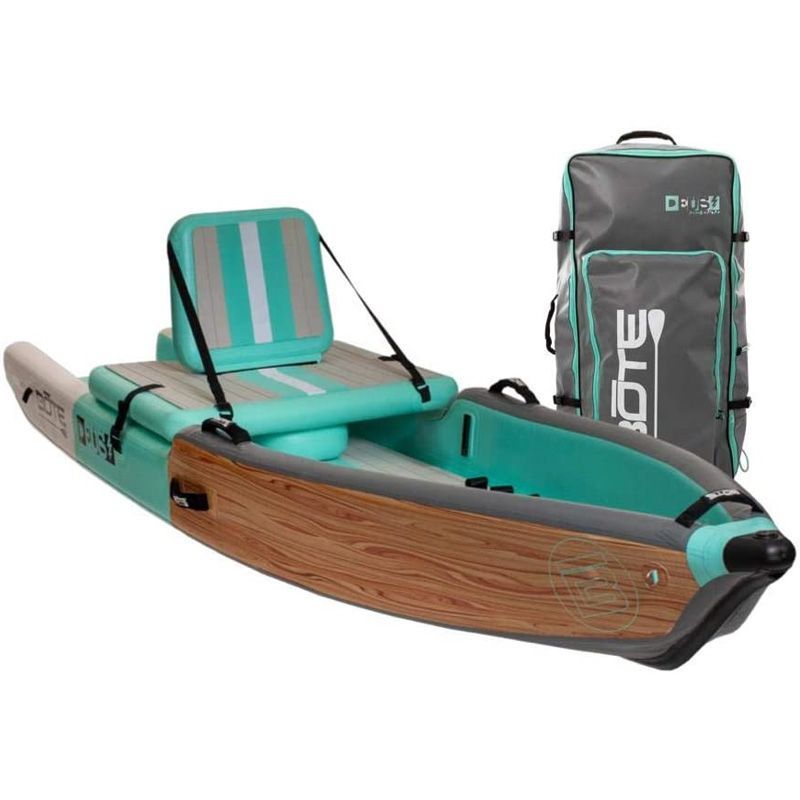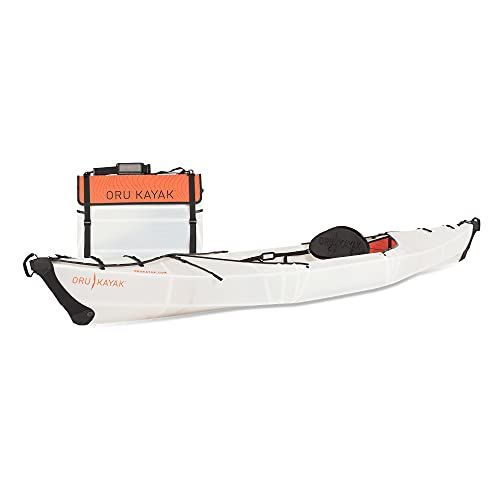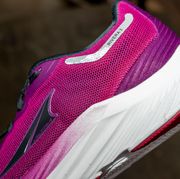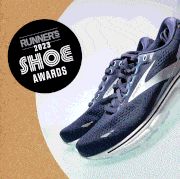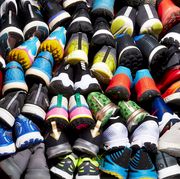We may earn commission from links on this page, but we only recommend products we back. Why Trust Us?
The Best Kayaks for a New Spin on Cross-Training
Paddle away on your rest days with these expert-recommended kayaks.

When it’s time to take a break from the road or trail, swap your running shoes for a paddle and head to the water. Kayaking offers a fresh change of scenery and is an effective cross-training strategy for building endurance, maintaining cardio capacity, and strengthening the upper body and core—all while easing stress off the legs. In this guide, we cover the best kayaks on the market and tips on how to choose the right craft for you.
Best Kayaks
The Expert: I have over two decades of paddling experience. I’ve kayaked in the waters of Fiji, French Polynesia, Australia, Indonesia, and California. I grew up hearing my grandparents scold me whenever I paddled a kayak, SUP, or canoe incorrectly—they were once competitive long-distance outrigger canoe racers. My love for the water led me to create The Salt Sirens, a website dedicated to ocean sports. My writing has appeared in many outlets, including Scuba Diving, AFAR, Travel + Leisure, Lonely Planet, and more.
What to Consider When Buying a Kayak
There’s no one-size-fits-all kayak. They vary greatly when it comes to shape, length, and purpose. Recreational kayaks tend to be wider and shorter for a more stable feel and are best suited for everyday paddlers in calm waters. Touring kayaks can handle great distances, even in choppy conditions, due to their length and narrow shape. There are also specialty kayaks built for fishing, whitewater rapids, surfing, and even paddling with a pooch. If your training will be a solo endeavor, a single-seat kayak will be enough to set you on your way. If you’re paddling with kids or a partner, it might be worth getting a tandem kayak.
Kayak seats come in sit-on-top or sit-in designs. Sit-on-top kayaks are common among recreational models and are best in conditions where you don’t mind getting wet. Sit-in kayaks protect you from wind and sea spray, but take a tad bit of training and finesse to maneuver, especially when getting in and out of the boat.
Jump In—The Water’s Just Fine: 14 Cross-Training Activities to Try • The Benefits of Swimming • Slap on These Sweat-Resistant Sunscreens for UV Protection
Less exciting though no less important, consider how you will transport your kayak to and from the water and where you will store it at home. It doesn’t matter if you have the finest high-performance kayak on the market—if you don’t have a place to put it or a way to get it into the water, it’ll be little more than awkward home decor. Inflatable kayaks and foldable kayaks are convenient options for paddlers who are short on storage space or don’t want to invest in a car rack just yet.
Chantae Reden is an adventure writer and photographer who rarely strays far from the coastline. She is a freediver, surfer, kitesurfer, paddler, scuba diver, and has a mild obsession with sharks. She has ridden a motorcycle through East Timor, scuba dived with tens of bull sharks in Fiji, and swam beside humpback whales in Tonga. Her work has appeared in Travel + Leisure, Escape, AFAR, Lonely Planet, and she is a guidebook author for Moon Travel Guides. Contact Chantae on her website, ChantaeReden.com.
Watch Next


What’s the Deal With Watch Rash?

Tested: The Best Wireless Earbuds for Running

Adidas’s Ultraboost Light Feels Faster

Just Released: Topo Athletic Boston Marathon Shoe

